The Earth’s ozone layer is healing, UN says
Experts predict the man-made hole in our planet’s protective shield will disappear by 2060
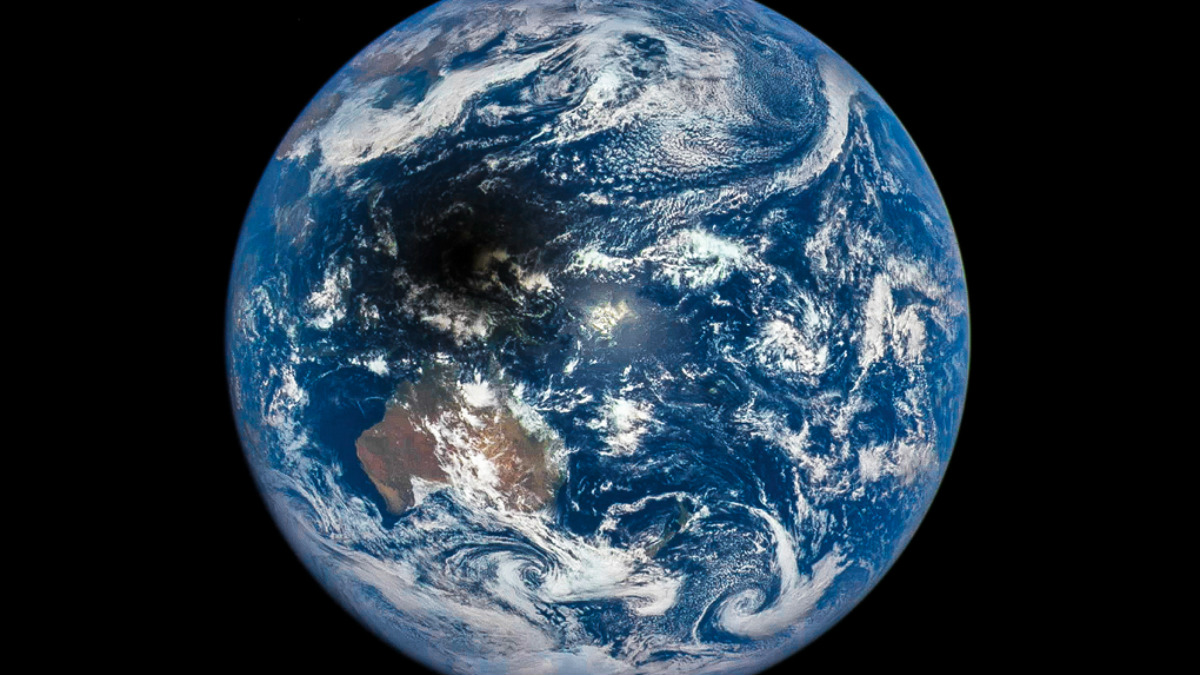
The ozone layer, which protects Earth from ultraviolet radiation, is healing from man-made damage, according to a new report from the United Nations.
Experts predict that the layer above the Northern Hemisphere could be fully repaired by the 2030s, and the hole above Antarctica will disappear by the 2060s.
The report comes more than 30 years after the signing of the Montreal Protocol, which phased out chlorofluorocarbons (CFCs) and other ozone depleting substances.
The Week
Escape your echo chamber. Get the facts behind the news, plus analysis from multiple perspectives.

Sign up for The Week's Free Newsletters
From our morning news briefing to a weekly Good News Newsletter, get the best of The Week delivered directly to your inbox.
From our morning news briefing to a weekly Good News Newsletter, get the best of The Week delivered directly to your inbox.
The announcement is “a rare piece of good news about the environment - and proof of what concerted global action can achieve,” the Huffington Post says.
How did it happen?
The thinning in the Earth’s protective shield was first observed in the 1970s. At its worst in the late 1990s, about 10% of the upper ozone layer was depleted, according to Nasa.
But thanks to a global commitment to eliminate the use CFCs in aerosols and coolants, the ozone has increased by 1 to 2% per year since 2000, the UN report found.
A free daily email with the biggest news stories of the day – and the best features from TheWeek.com
“It’s really good news,” said the study’s co-chair Paul Newman, chief Earth scientist at Nasa’s Goddard Space Flight Centre. “If ozone-depleting substances had continued to increase, we would have seen huge effects. We stopped that.”
The Montreal Protocol, lauded as one of the most successful multilateral agreements in history, is credited with preventing two million cases of skin cancer each year by 2030.
However, it not a complete success yet, according to the University of Colorado's Brian Toon, who was not part of the study. “We are only at a point where recovery may have started," he told the Associated Press, pointing to some areas of the ozone that haven’t yet repaired.
Another problem is that new technology has found an increase in emissions of a banned CFC out of countries in East Asia, AP reports.
Newman agrees there is still work to do. “I don’t think we can do a victory lap until 2060,” he said. “That will be for our grandchildren to do.”
-
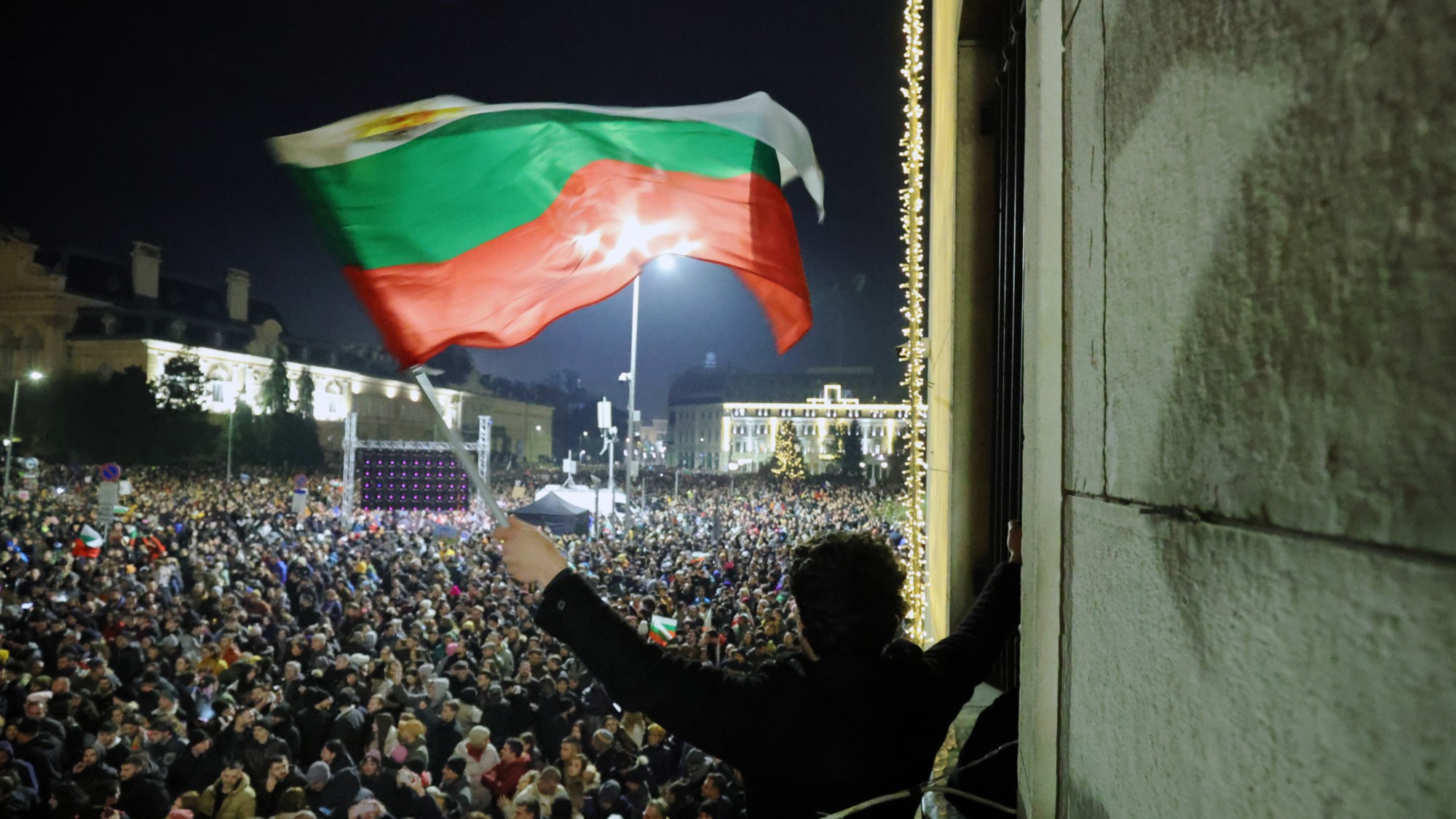 Bulgaria is the latest government to fall amid mass protests
Bulgaria is the latest government to fall amid mass protestsThe Explainer The country’s prime minister resigned as part of the fallout
-
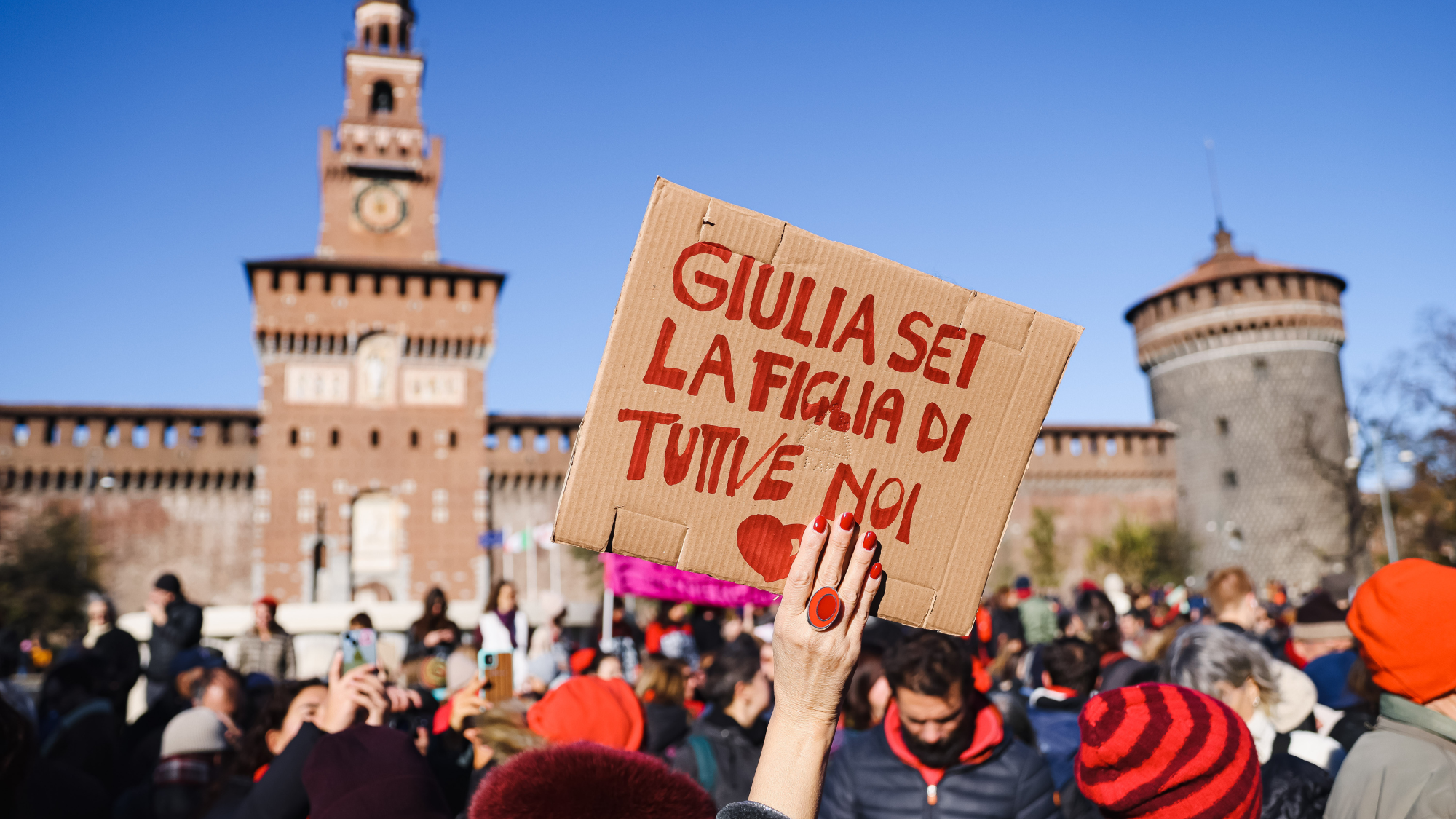 Femicide: Italy’s newest crime
Femicide: Italy’s newest crimeThe Explainer Landmark law to criminalise murder of a woman as an ‘act of hatred’ or ‘subjugation’ but critics say Italy is still deeply patriarchal
-
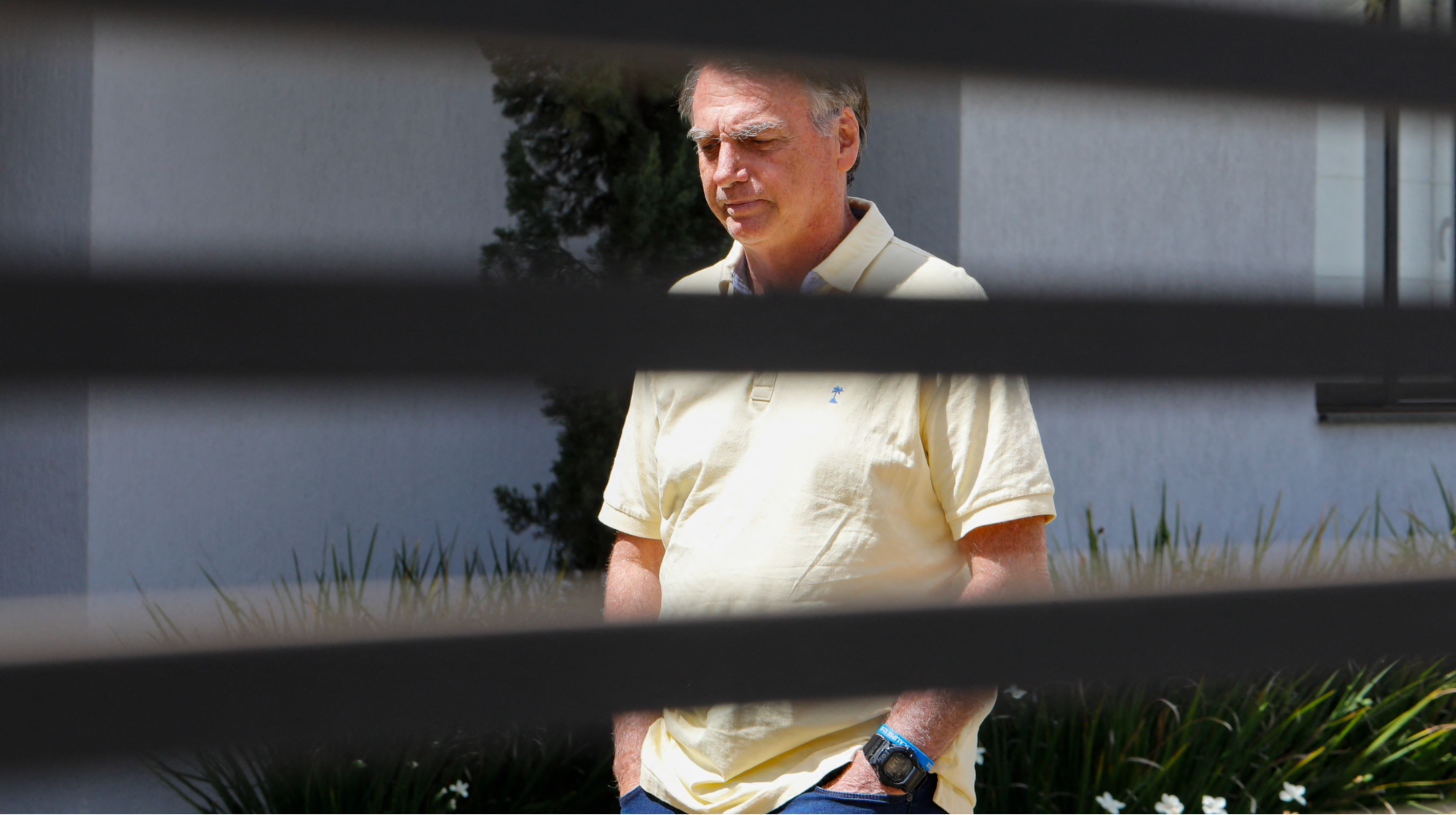 Brazil’s Bolsonaro behind bars after appeals run out
Brazil’s Bolsonaro behind bars after appeals run outSpeed Read He will serve 27 years in prison
-
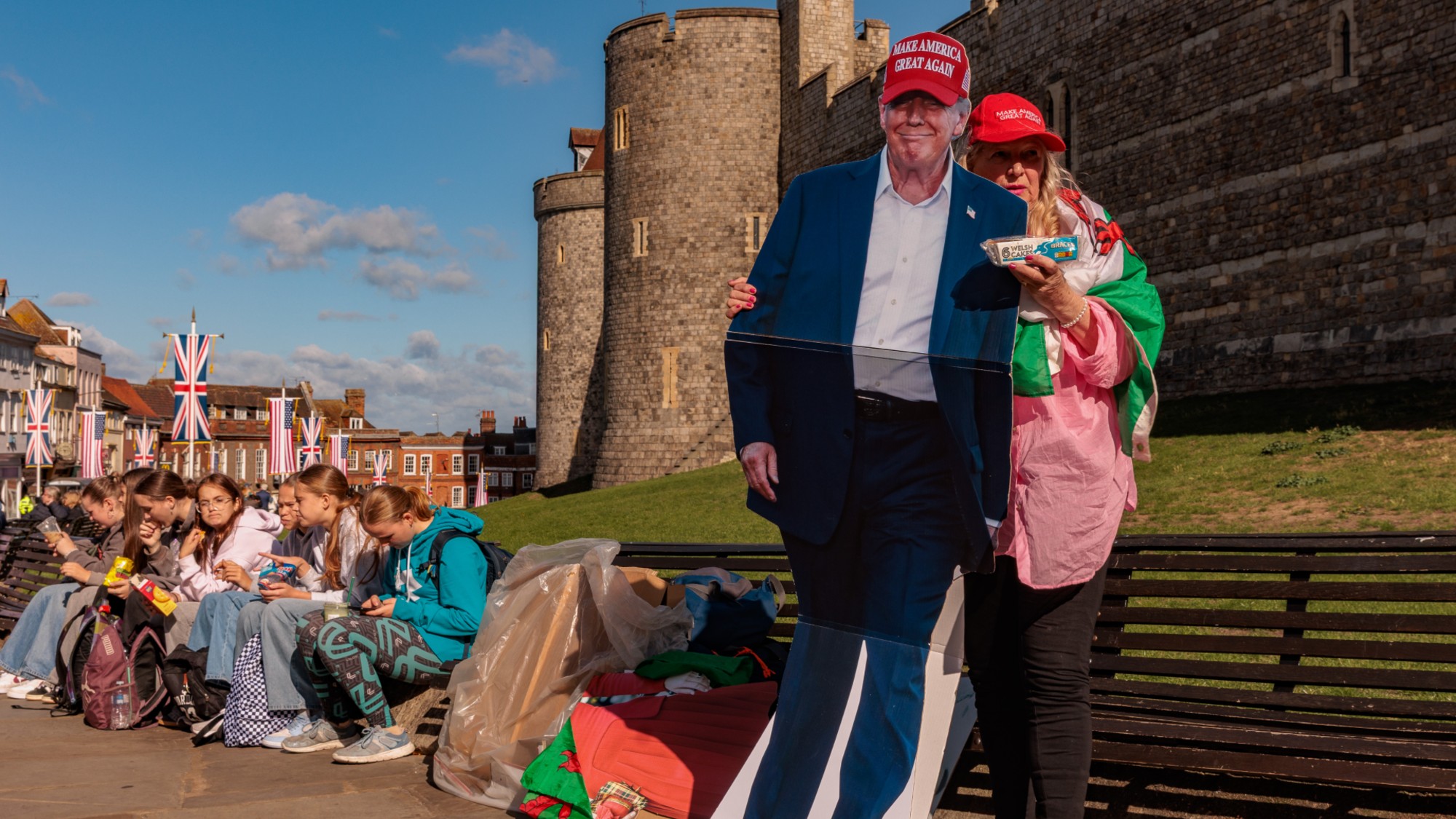 Americans traveling abroad face renewed criticism in the Trump era
Americans traveling abroad face renewed criticism in the Trump eraThe Explainer Some of Trump’s behavior has Americans being questioned
-
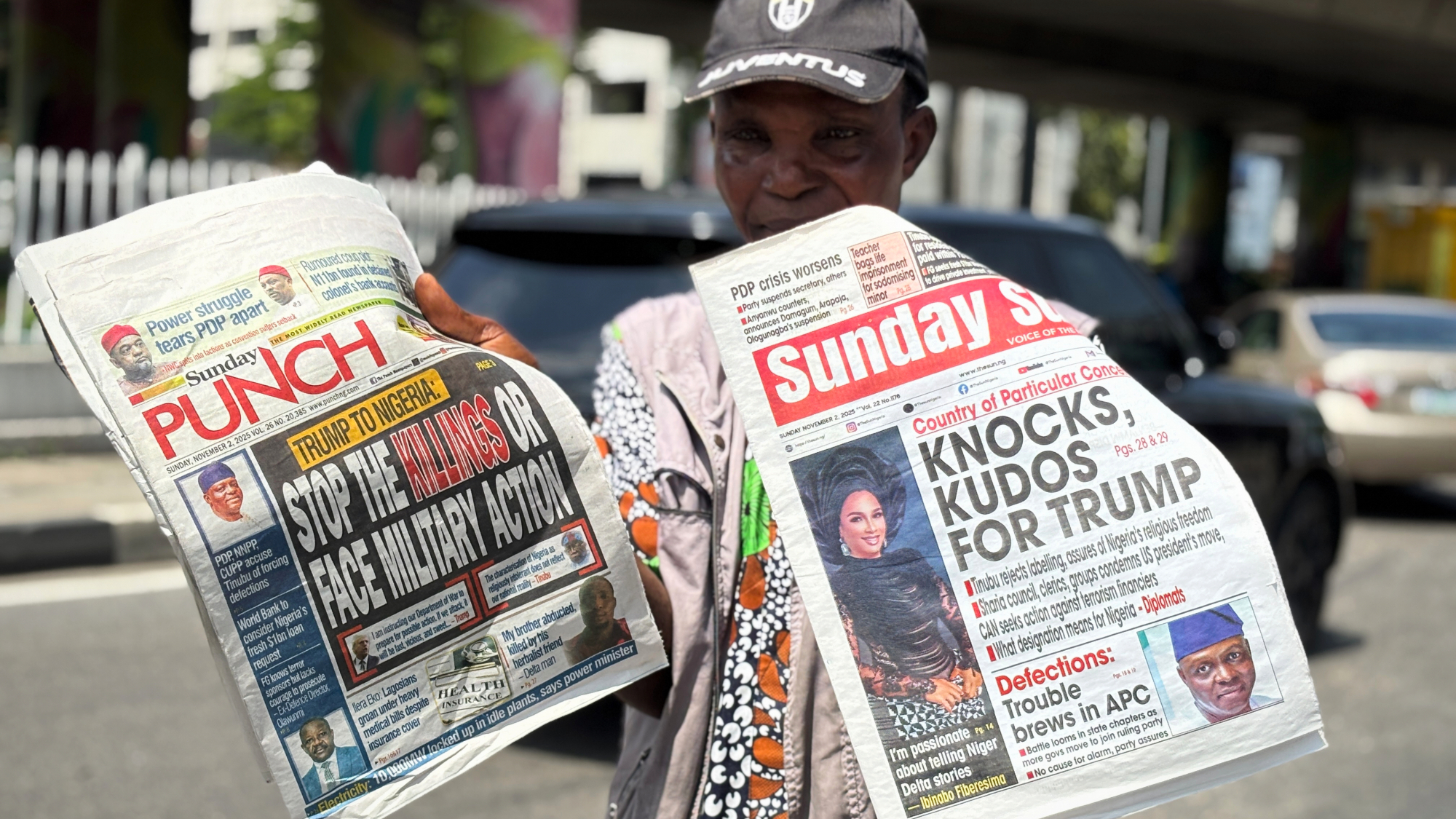 Nigeria confused by Trump invasion threat
Nigeria confused by Trump invasion threatSpeed Read Trump has claimed the country is persecuting Christians
-
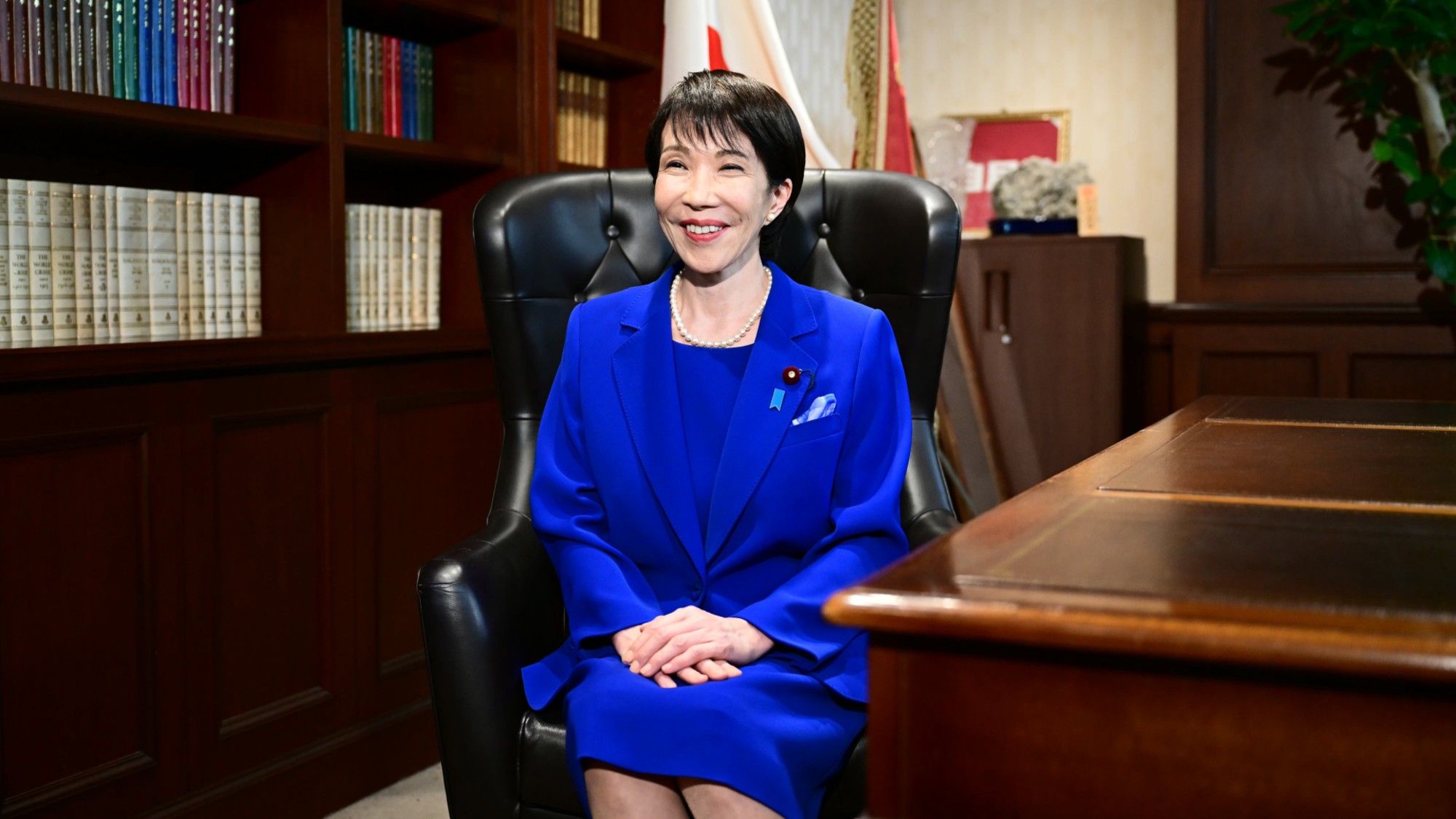 Sanae Takaichi: Japan’s Iron Lady set to be the country’s first woman prime minister
Sanae Takaichi: Japan’s Iron Lady set to be the country’s first woman prime ministerIn the Spotlight Takaichi is a member of Japan’s conservative, nationalist Liberal Democratic Party
-
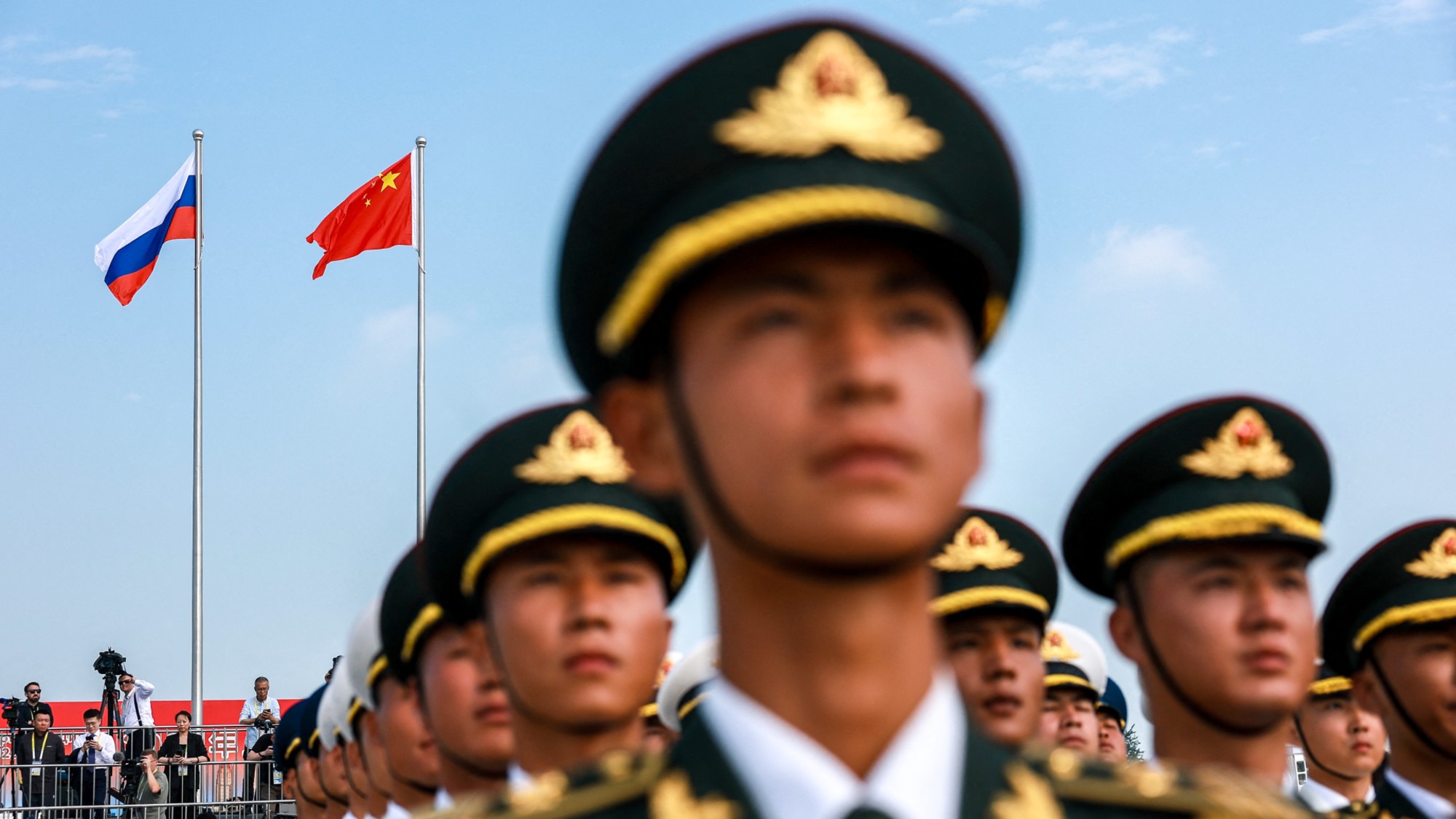 Russia is ‘helping China’ prepare for an invasion of Taiwan
Russia is ‘helping China’ prepare for an invasion of TaiwanIn the Spotlight Russia is reportedly allowing China access to military training
-
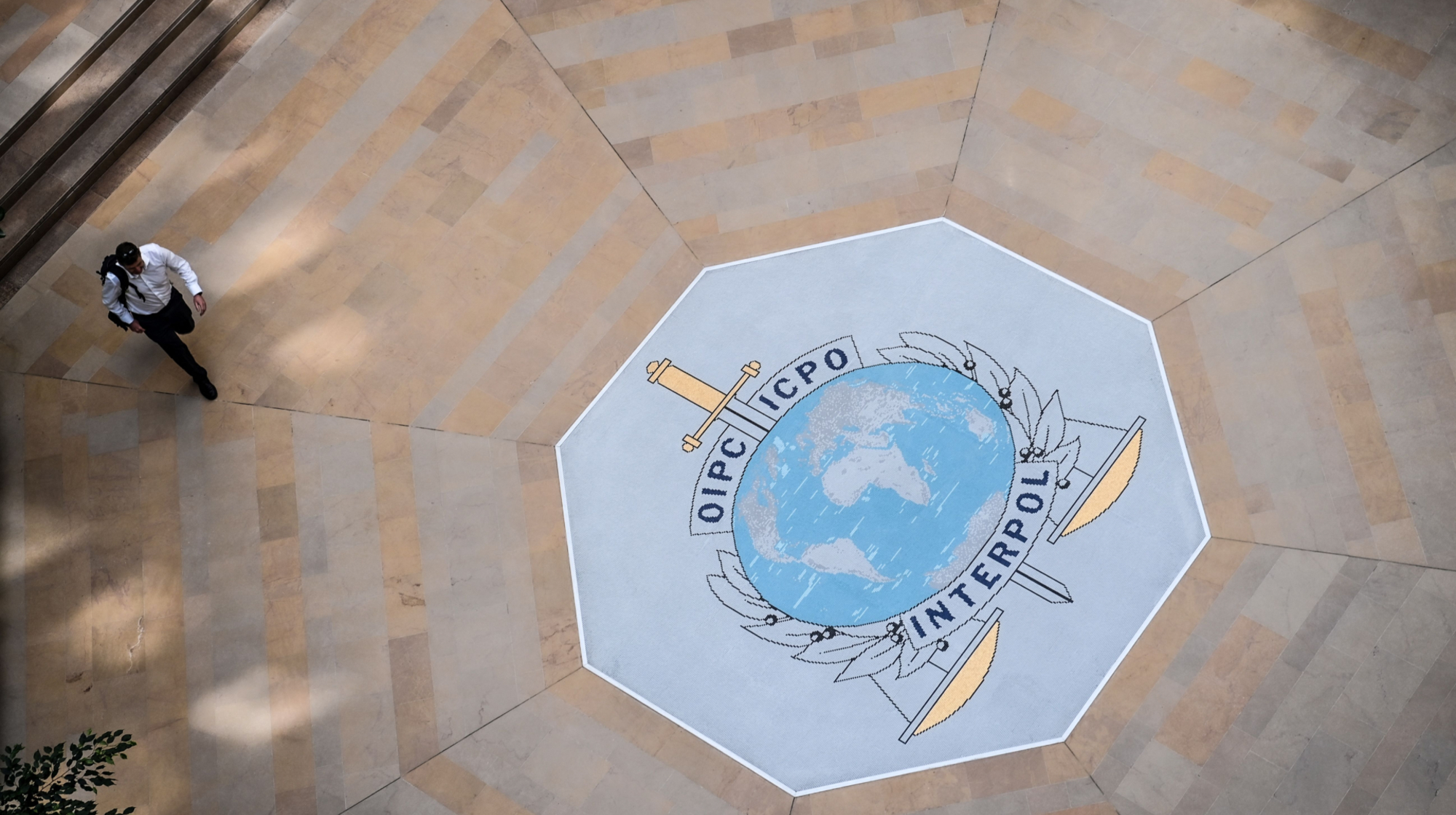 Interpol arrests hundreds in Africa-wide sextortion crackdown
Interpol arrests hundreds in Africa-wide sextortion crackdownIN THE SPOTLIGHT A series of stings disrupts major cybercrime operations as law enforcement estimates millions in losses from schemes designed to prey on lonely users

